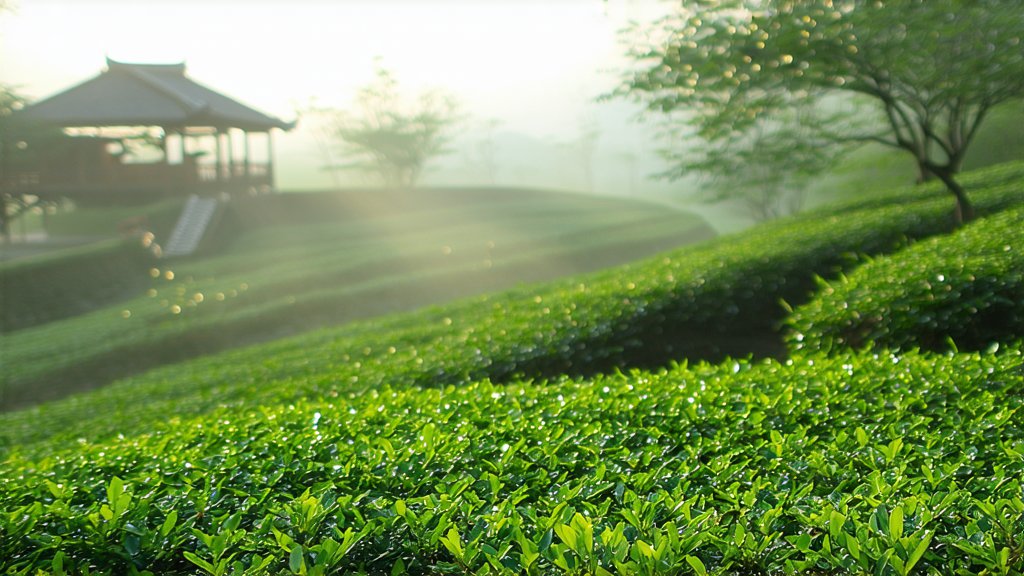
Junshan Yinzhen, a gem among China's yellow tea varieties, stands as a testament to the country's rich tea heritage and intricate craftsmanship. This article embarks on a journey through the history, types, production process, and tasting rituals of this exquisite tea, offering international readers an in-depth understanding of its allure.
A Glimpse into History
The origins of Junshan Yinzhen trace back to the Tang Dynasty (618-907 AD), making it one of the oldest tea varieties in China. Its name, "Junshan Yinzhen," translates to "Precious Needles from Jun Mountain," referencing both its place of origin and the precious nature of its buds. Over centuries, this tea has been cherished by emperors, poets, and tea connoisseurs alike for its unique flavor profile and health benefits.
Varieties within the Spectrum
While Junshan Yinzhen is primarily known for its yellow tea variant, the region also produces other types such as green and dark teas. However, it is the yellow tea that truly embodies the essence of Junshan Yinzhen. The yellow coloration results from a meticulous post-harvest processing technique that sets it apart from other Chinese teas.
The Art of Crafting Junshan Yinzhen
The production of Junshan Yinzhen involves several stages, each requiring precision and expertise:
-
Picking: Only the tenderest buds and top leaves are handpicked during the early spring season when they contain the highest concentration of nutrients and flavors.
-
Spreading and Withering: The freshly picked leaves are spread thinly on bamboo mats to undergo a natural withering process under controlled temperature and humidity conditions. This step helps reduce moisture content while preserving the delicate aroma.
-
Fixation: Unlike green teas, which are quickly fried or steamed to stop oxidation, Junshan Yinzhen undergoes a gentle pan-firing process. This partial fixation allows for limited oxidation, giving rise to its distinctive yellow hue.
-
Wrapping and Humidifying: The partially fixed leaves are wrapped in paper or cloth and left to humidify for several hours. This step further enhances the yellow color and develops the characteristic sweetness.
-
Drying: Finally, the tea is slowly dried to remove any remaining moisture, ensuring its longevity without compromising flavor or aroma.
The Tasting Experience
Tasting Junshan Yinzhen is an experience that engages all senses. Here’s how to appreciate it fully:
-
Warm the Teaware: Begin by warming your teapot and cups with hot water to maintain the optimal temperature for brewing and enhance the tea's aroma.
-
Measure the Leaves: Use approximately 3 grams of Junshan Yinzhen per 150ml of water. Place the leaves into the warmed teapot.
-
Infusion: Pour hot water (around 80-85°C) over the leaves, allowing them to unfurl slowly. The first infusion should be discarded to 'wash' the leaves, followed by a second infusion that lasts about 2-3 minutes. Subsequent infusions can be adjusted based on personal preference.
-
Observe and Sip: As you pour the brewed tea into cups, observe its pale yellow-green color and subtle fragrance reminiscent of jasmine and honey. Take slow sips, allowing the tea to coat your palate and savor the smooth, mellow taste with hints of sweetness and a lingering aftertaste.
-
Multiple Infusions: Junshan Yinzhen can be infused multiple times, each revealing different layers of complexity and flavor. Adjust steeping time with each subsequent brew to explore its full range.
In conclusion, Junshan Yinzhen represents not just a type of tea but a cultural treasure deeply rooted in Chinese tradition. Its unique processing method, historical significance, and nuanced flavors make it a must-try for any tea enthusiast exploring the diverse world of Chinese teas. Whether enjoyed alone for meditation or shared among friends, its gentle warmth and sophistication are sure to leave a lasting impression.
Keywords: Junshan Yinzhen, Yellow Tea, Chinese Tea Heritage, Tea Production, Tea Tasting Rituals, Health Benefits